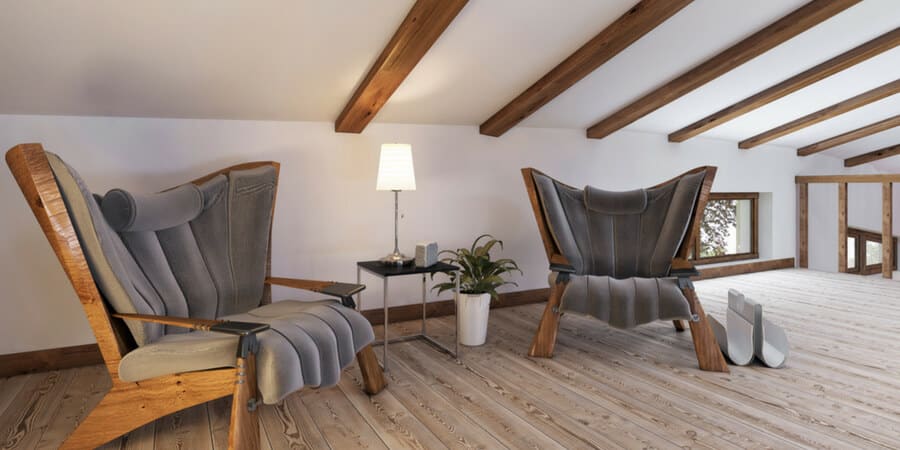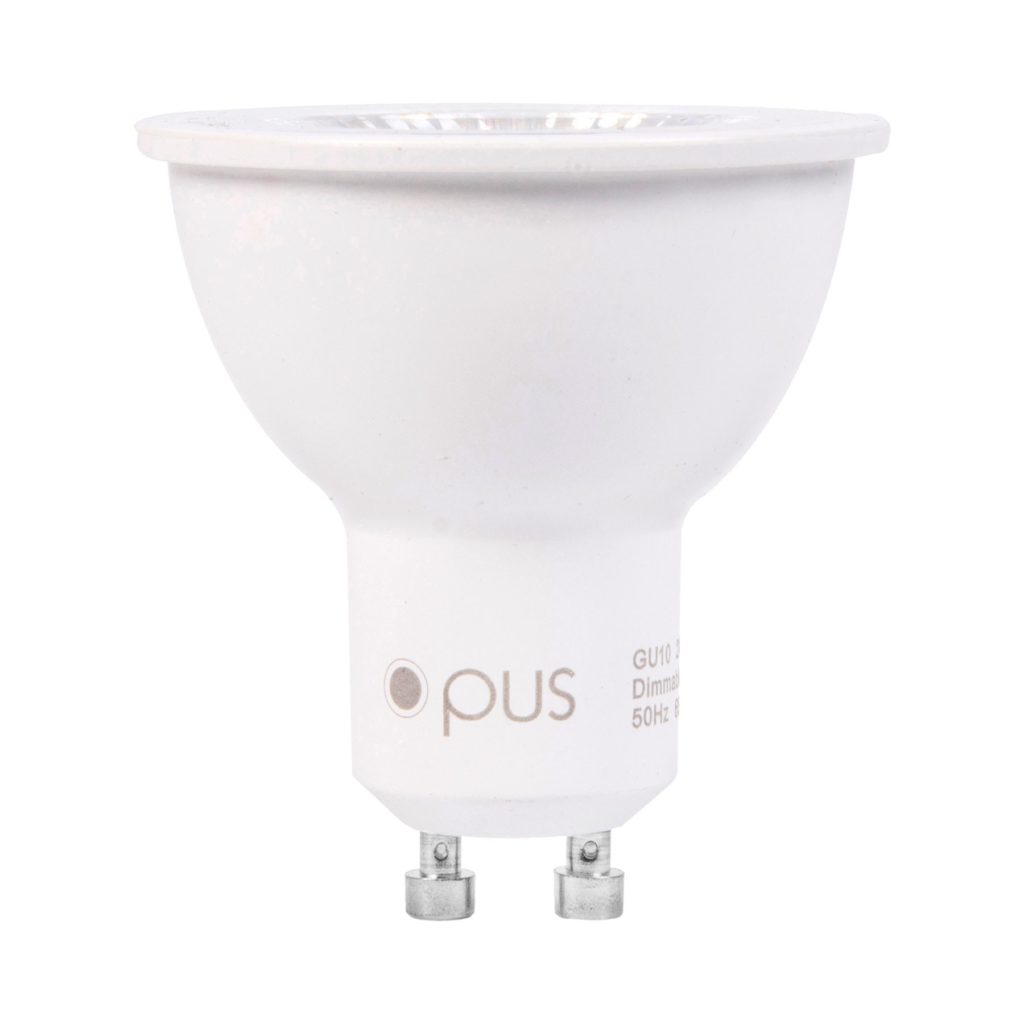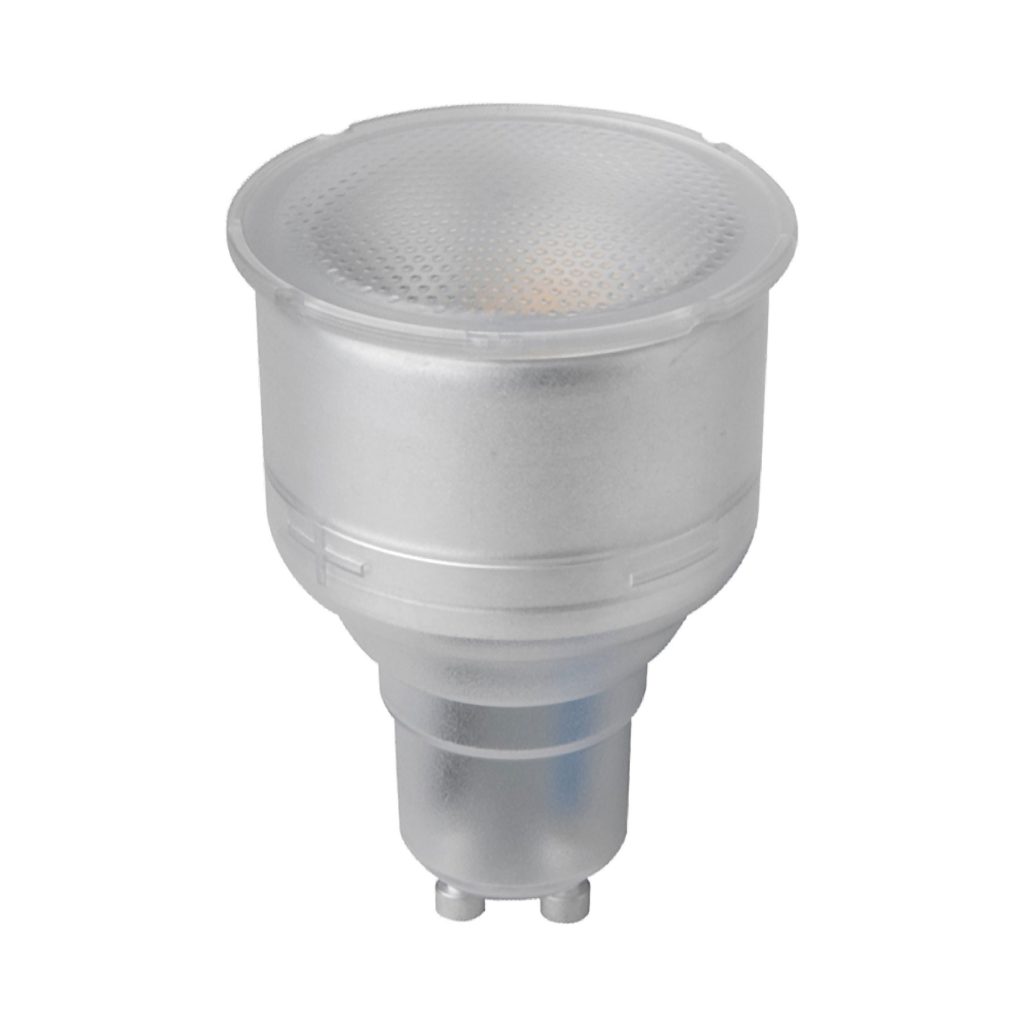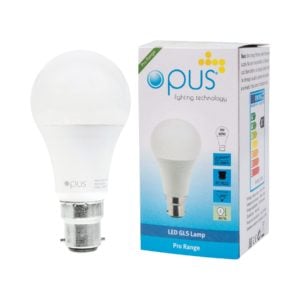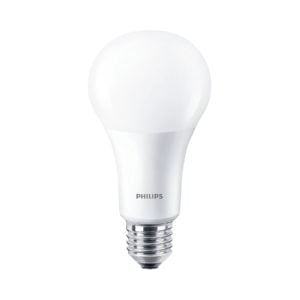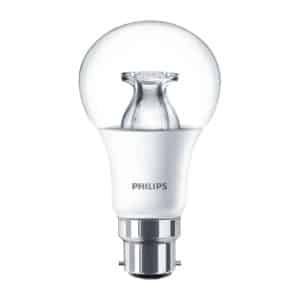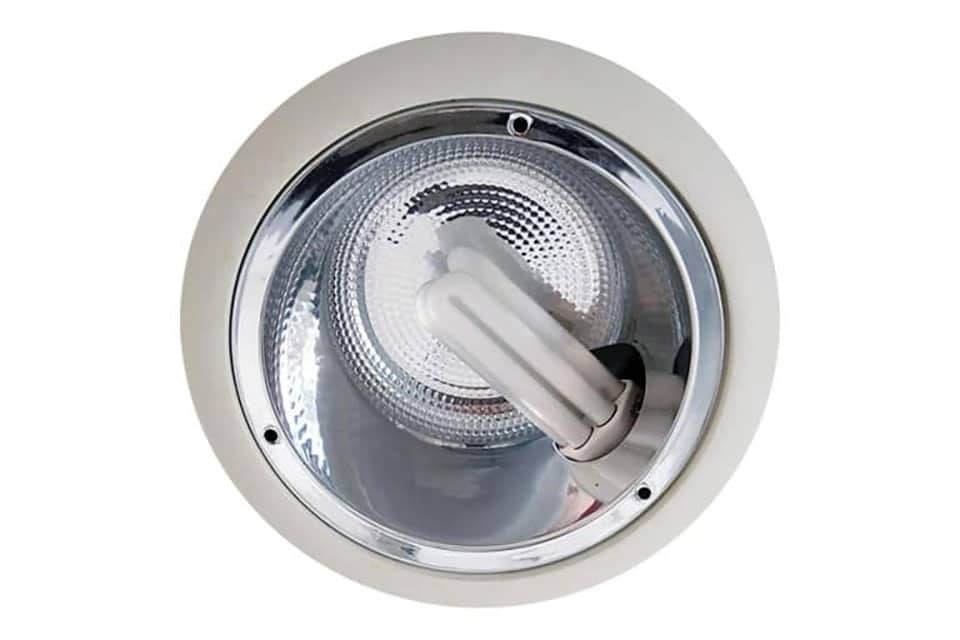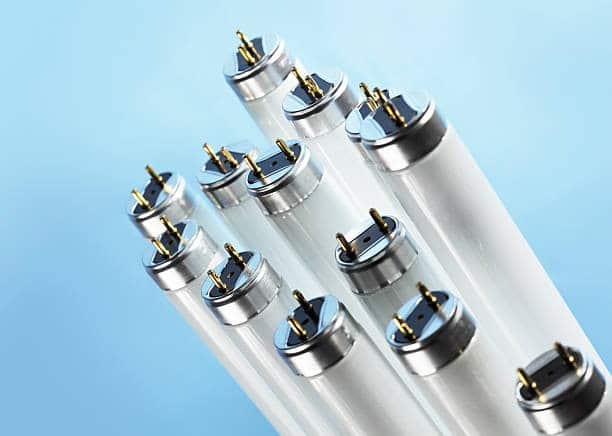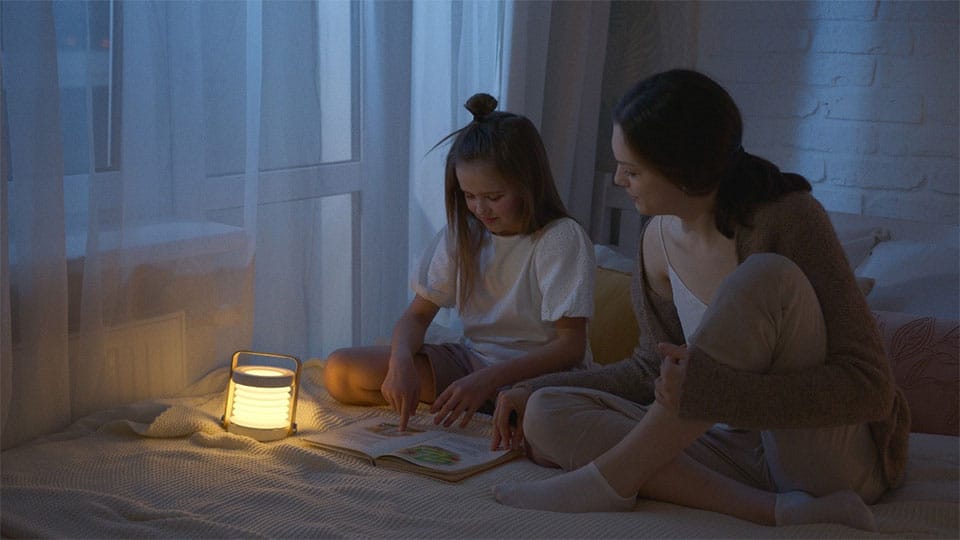Ceilings are considered ‘low’ when they are under 8 feet (2.4 metres) because of how little vertical space you have to play with before light fixtures start becoming a hazard to taller residents and guests. Whether they are in your attic, your basement, or your entire home, low ceilings can mean making compromises when it comes to your lighting design.
Improperly lit low ceilings can easily result in inadvertent, unflattering pools of high-contrast lighting. Inconsistent or overly bright lighting can also make it harder to see what you are doing, especially in areas such as basements and attics—rooms that are unlikely to be supplemented with natural light from windows.
Instead of lamenting a room’s lack of height, embrace the space you do have by making calculated design choices that will enhance it and make the room feel bigger than it is. Start with one of the most versatile tools at your disposal: lighting.
Low-profile Fixtures
Rooms with low ceilings are not the place for oversized or long-hanging fixtures. They take up vertical space and make the room appear even smaller than it is, and can physically get in the way if you have taller guests or residents. Opting for low profile fixtures eliminates most pendant lamps and chandeliers from your set of options, but don’t fret—there are still lots of fashionable low-profile fixture options available:
- Flush mounts or semi flush mounts – These lamps may have gotten a bad rep in decades past, but in recent years, flush mount lights have made serious strides design-wise. “Flush mount” is no longer synonymous with the dome-shaped, frosted ribbed glass lamp you might remember. There are lots of decorative options available so you don’t have to compromise style to enjoy the space-saving benefits they boast.
- Recessed lighting – Also known as pot lights, recessed lights are built into the ceiling rather than on top of it, and take up little-to-no vertical space, which makes them perfect for rooms with low ceilings.
- Sconces & Floor Lamps – Floor lamps and wall-mounted uplighting help to create the illusion of higher, larger ceilings while sidestepping the issue of decreased vertical space entirely. Select fixtures that direct lighting upwards, such as wall sconces and floor or table lamps with open tops, and opt for bright light bulbs that will help open up the ceiling.
Shop our full range of dimmable LEDs.
LIGHTING TIP: To maximize the illusion of higher ceilings using uplighting, keep or paint your ceilings a light colour and sand down any texturized parts so it looks as smooth as possible. This allows for maximum light reflection, which brightens up and enlarges the space. Dark paint colours and stucco or ‘popcorn’ textures will only bring the ceiling down.Thinking Vertically
If you have your heart set on hanging light fixtures even with the limited space, there are some caveats to the no-suspended-lighting-fixtures rule. You just need to keep a few things in mind so no one bangs their head on your lamps:
- Location – Hanging fixtures shouldn’t be mounted anywhere people will walk. When it comes to placement, think above dining and side tables, kitchen islands, or over sinks—anywhere that isn’t a dedicated foot path.
- Size – When selecting a suspended fixture that will intrude on your vertical space, opt for sleek designs with more width than height that will sit closer to the ceiling. Alternately, consider hanging multiple small fixtures, which can create a similar visual impact as a single large piece.
- Flexibility – Select fixtures with an adjustable cord or chain so you can raise and lower the lamp to create the look you want and find the perfect height to create the illusion of space.
- Measure Twice – For fixtures that aren’t adjustable, double or triple check your measurements before purchasing and installing. This is especially important if you are installing a lighted ceiling fan, which will need a minimum clearance of 7 feet.
- Less is More – To keep the space from feeling crowded, limit the number of non-recessed ceiling fixtures. How many pendants or flush mounts you can have will depend on the size of the room, but when in doubt, stick to one or two ceiling fixtures and supplement them with wall sconces, floor, and table lamps.
Luminous Low Ceilings
Low ceilings may not be featured in many home decor and design magazines, but while they do have some limitations that require compromise—such as opting for a low-profile fixture instead of your lavish dream chandelier—having low ceilings doesn’t mean you can’t still enjoy a beautiful, functional space.
Looking for more lighting advice? Get in touch with our customer service team.





















































































